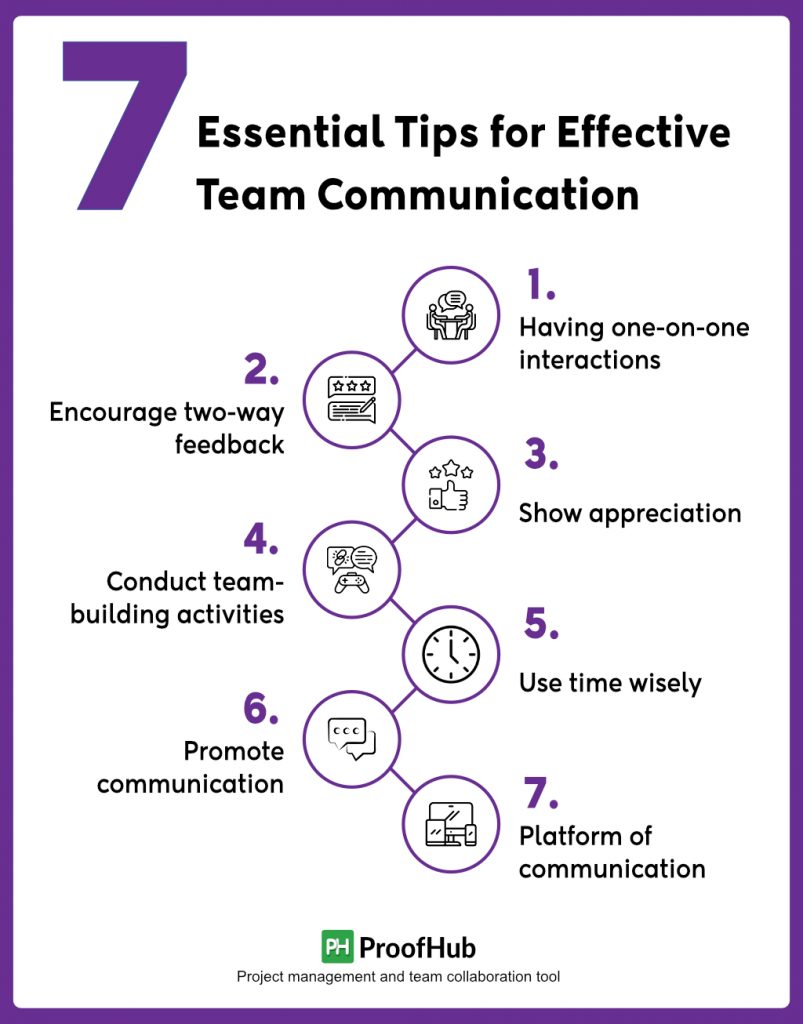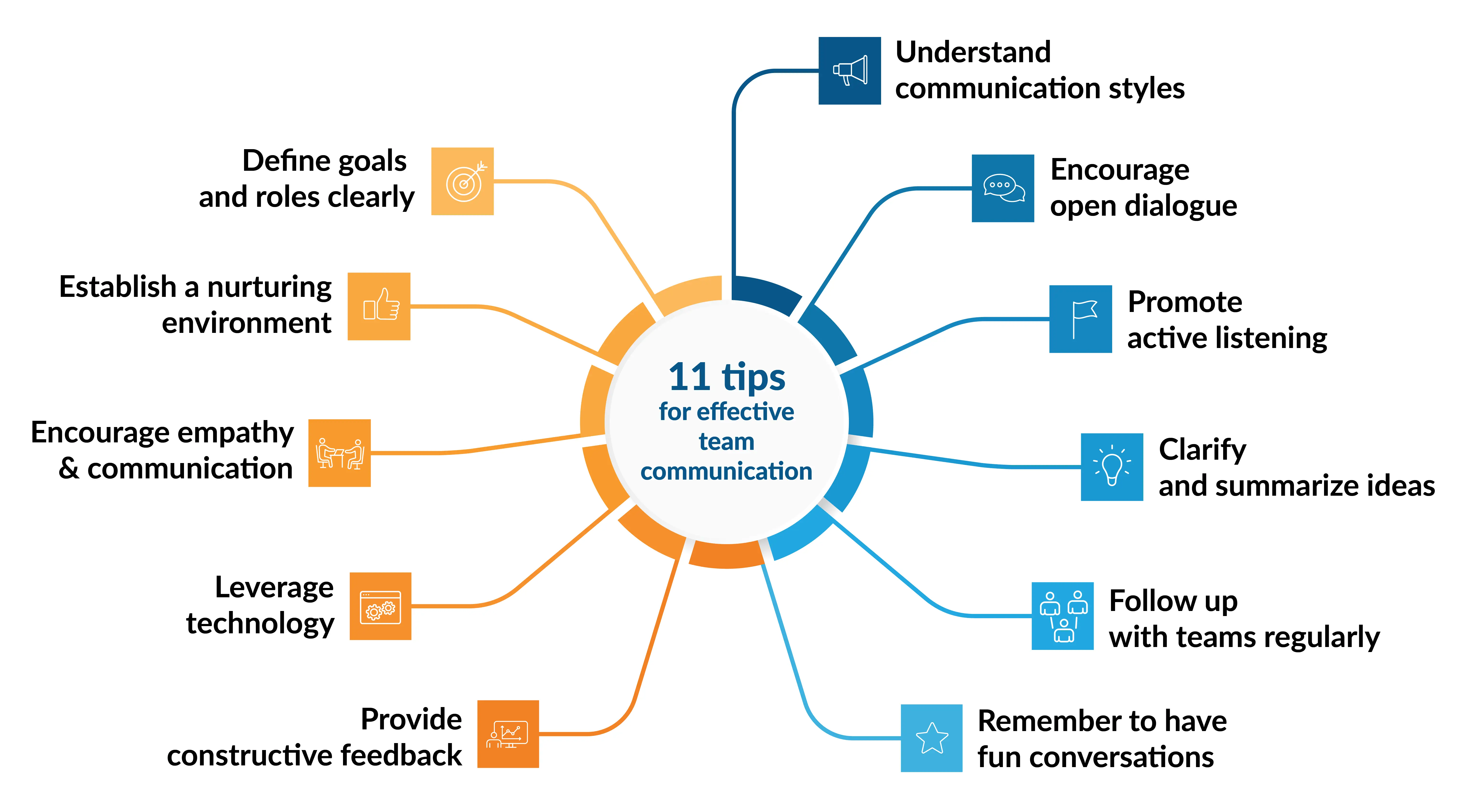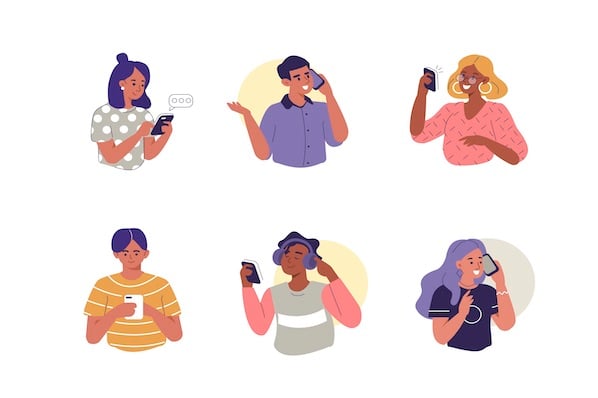The Text Trap That Blew Up Our Project
You gotta believe me, I learned this the hard way. For months, our little team—we were maybe eight people trying to shove a massive new feature into an already shaky platform—was communicating like we were writing legal briefs. Every requirement, every change request, every bug report was pages and pages of text, sent over Slack or jammed into a Jira ticket.

I thought I was being professional. I thought detailed documentation meant fewer mistakes. What I actually did was build a communication wall. We were drowning in words, and nobody, absolutely nobody, was seeing the same picture. We’d spend hours in meetings arguing about the interpretation of a single paragraph. “Does ‘immediately upon validation’ mean three milliseconds or before the API call returns?” Total headache.
This all came to a head when we deployed the new user onboarding flow. We had signed off on it five times, everyone nodded, the documentation was immaculate. The moment it hit production, it completely broke a critical legacy database link. Why? Because the back-end guy assumed the front-end guy knew the data structure was dependent on the old legacy field. They both read the docs, but neither visualized the handoff point.
My boss ripped me apart. The client was furious. We spent 72 hours straight just cleaning up the mess, and I realized: we failed not because we lacked information, but because we lacked shared comprehension. The team was talking, but they weren’t seeing.
The Day I Forced Everyone to Grab a Marker
The very next Monday, I tossed out the standup agenda. I literally threw the meeting printout into the bin right in front of everyone. They looked at me like I was nuts. I grabbed a huge stack of flip charts and a box of cheap, bright markers. “Forget your laptops,” I told them. “Today, we are drawing.”
My initial idea was crude. We had a new feature pipeline coming up—a simple inventory tracking update. Instead of writing the spec, I told the engineer who owned the data layer, “You draw the user story.”

He started drawing rectangles and arrows, labeling the database, the API, and the user interface. It was rough, kindergarten stuff. But here’s what happened almost instantly:
- The designer immediately noticed the flow implied a loading screen that we hadn’t budgeted time for.
- The database guy realized his initial drawing connected two systems that were explicitly supposed to remain separate.
They weren’t arguing over syntax or jargon. They were arguing over flawed connections in the drawing. The correction process was instantaneous because the mistake was visible, not hidden in a thick paragraph of text.
How We Made It Stick and Why It Works
After that first messy session, I formalized the “Drawing First” rule. We didn’t need to be artists. We just needed to be clear. We called them “Sketch Sessions,” and they became mandatory for any feature requiring interaction between three or more systems or people.
Here’s the simple toolkit and process we started:
The Tools:

- Huge sheets of paper (cheap newsprint works best).
- Fat, colorful markers (not fine-tip pens). The chunkier the drawing, the less time spent on details.
- A dedicated wall space to tape up the diagrams for weeks.
The Rules of Engagement:
- The Owner Draws: Whoever is responsible for the core logic (even if they hate drawing) must hold the marker. This forces them to externalize the internal mental model.
- No Text Overload: Maximum five words per box. If you need more explanation, you need another box or another drawing.
- Use Color for Status: Red for failure points, Green for confirmed data transfer, Blue for user interaction. Simple visual cues that replace pages of conditional logic.
- Argue the Lines, Not the Words: If there’s a disagreement, the argument must center on an arrow or a box on the diagram, not a definition in a document.
The speed increase was phenomenal. We weren’t just communicating better; we were thinking better as a unit. When someone puts a complex process onto a visual map, everyone’s brain immediately starts processing spatial relationships: A connects to B, but wait, B also connects to X, which we forgot about!
The Payoff: Clarity Now
Before the drawing rule, if I asked someone how a new piece of logic worked, they would stammer, pull up a document, and read the steps. It took forever.
Now? If I ask, they point to the wall, or they grab a marker and scribble the process in 30 seconds. That’s clarity. That’s real communication.
The biggest shift I observed was in how the non-technical folks engaged. Our marketing lead often struggled to understand the technical constraints of the deployment pipeline when it was described using server architecture language. But when we drew the boxes—Database, Server, Cache Layer, User Device—and labeled the roadblocks with a red X, she finally understood why “a quick update” sometimes takes three days.

Team drawing isn’t about producing beautiful diagrams for documentation later. It’s about turning complex, invisible mental models into simple, public artifacts right now. It forces shared ownership of the concept, not just the code.
We eliminated 80% of those painful, hour-long meetings where people just talk in circles. Why? Because when you see the flow, you realize where your mental picture deviates from everyone else’s. Drawing boosts communication because it makes the gap between intentions immediately visible. It’s the fastest path to “Ah, I see what you mean.” And frankly, that saved my butt and our project deadlines repeatedly.
